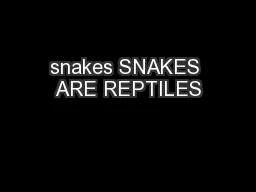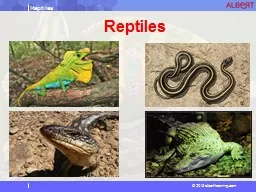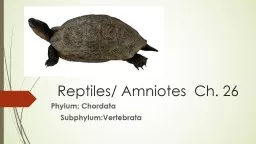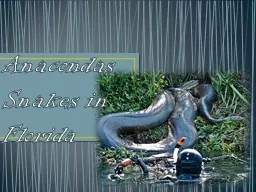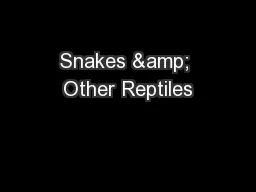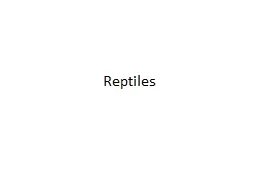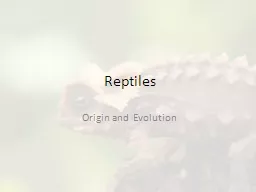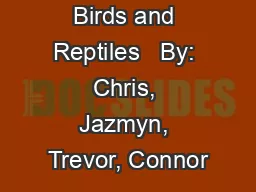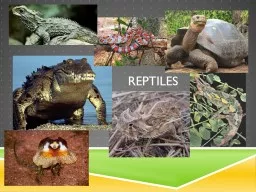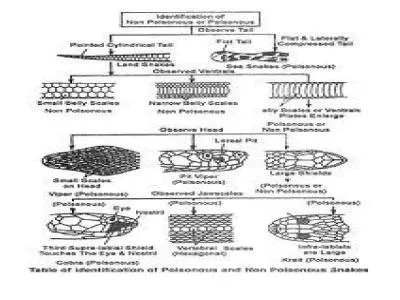PPT-snakes SNAKES ARE REPTILES
Author : phoebe-click | Published Date : 2018-02-27
more than 2700 species of snakes in the world of which about four fifths are nonvenomous are distributed throughout the temperate and tropical zones of the world
Presentation Embed Code
Download Presentation
Download Presentation The PPT/PDF document "snakes SNAKES ARE REPTILES" is the property of its rightful owner. Permission is granted to download and print the materials on this website for personal, non-commercial use only, and to display it on your personal computer provided you do not modify the materials and that you retain all copyright notices contained in the materials. By downloading content from our website, you accept the terms of this agreement.
snakes SNAKES ARE REPTILES: Transcript
Download Rules Of Document
"snakes SNAKES ARE REPTILES"The content belongs to its owner. You may download and print it for personal use, without modification, and keep all copyright notices. By downloading, you agree to these terms.
Related Documents

